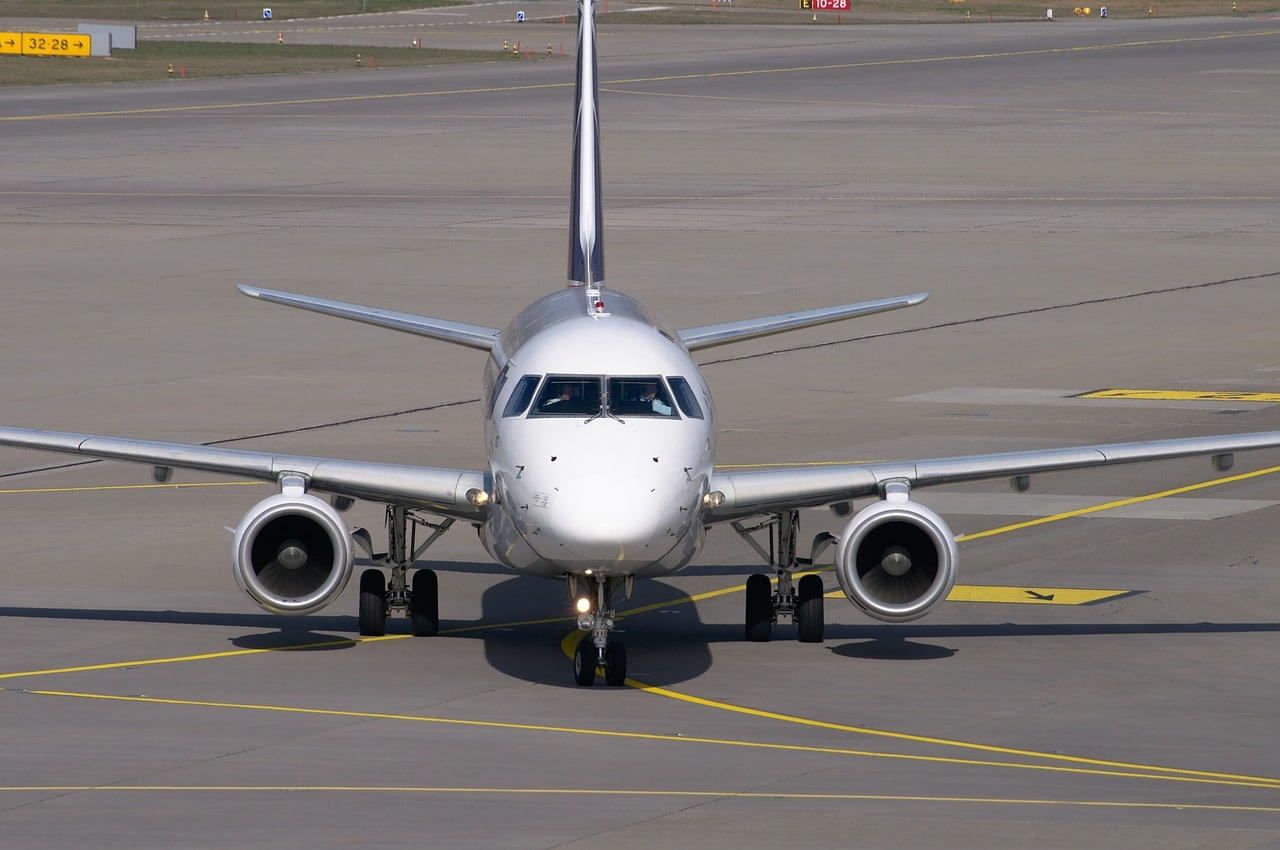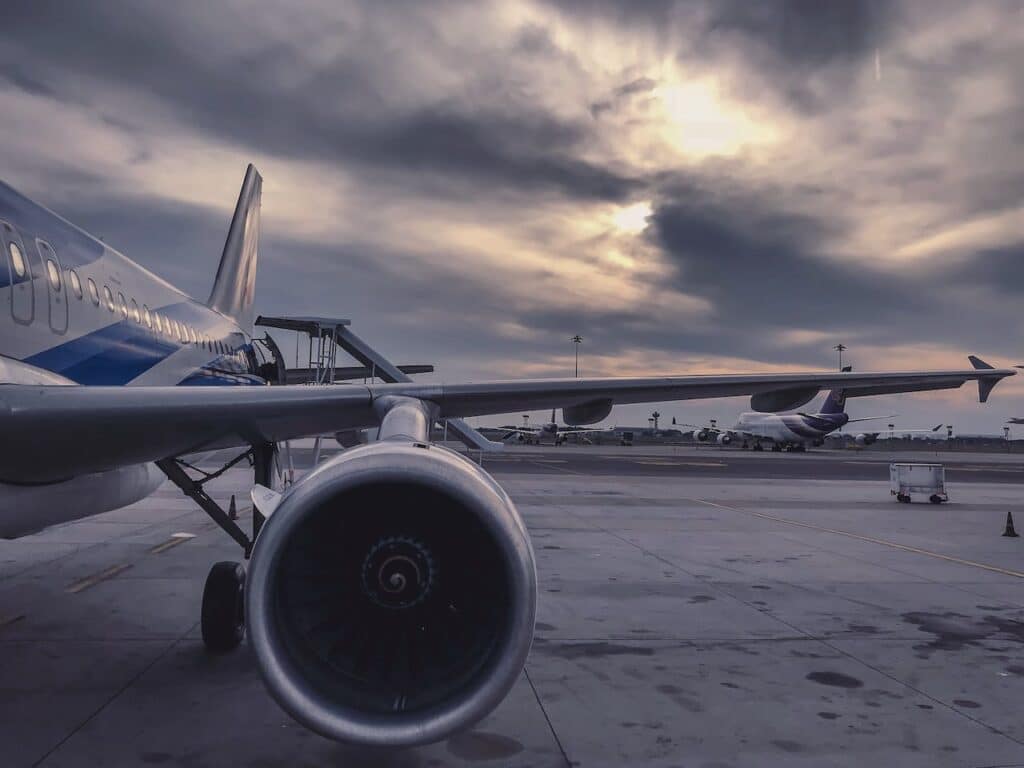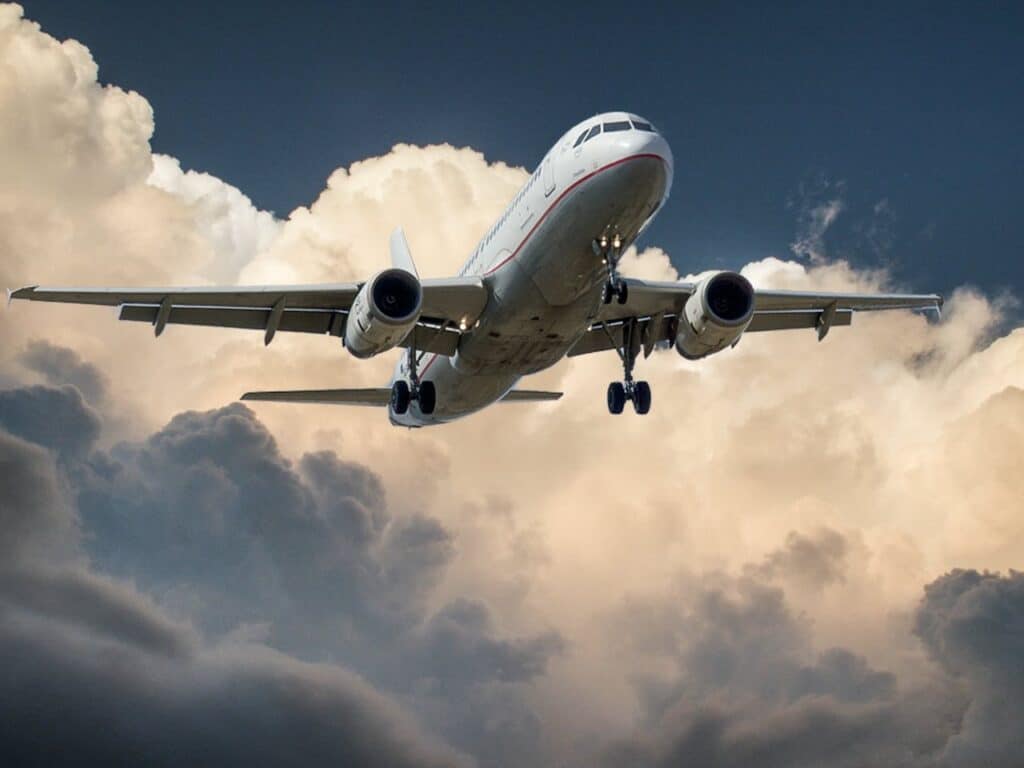The aeronautics industry: how is it changing?
Between innovation and technological revolution, the aeronautics industry is undergoing major transformations and must respond to these new industrial challenges.

In a world where competition is as fierce as air traffic, the aeronautics industry must constantly innovate. Faced with environmental, economic and technological challenges, this strategic sector for the global economy is undergoing major transformations. What are they, and how are they redefining the landscape of the aeronautics industry?
Digitizing aeronautics: between technological revolution and sectoral impact
Digitalization in the aeronautics industry is more than just an evolution. It represents a veritable revolution that is redefining the entire sector. With the integration of advanced technologies, airlines and manufacturers benefit from unprecedented precision and efficiency, paving the way for a new era: predictive maintenance and optimized design.
Predictive maintenance: a revolution in fleet management
Predictive maintenance is a major advance for the aviation industry. By exploiting data collected in real time by sophisticated sensors, airlines can now predict potential failures, orchestrating proactive maintenance.
This translates, for example, into :
- a significant reduction in unplanned stoppages,
- improved flight safety
- and optimized operating costs.
The ability to anticipate problems before they occur radically transforms aircraft fleet management, placing predictability at the heart of operations.
Digital twins: reinventing the way we do business
Digital twins mark a turning point in aircraft design and operation. These virtual replicas, which faithfully reproduce every aspect of an aircraft, enable engineers to test various scenarios and fine-tune performance even before the first flight.
The impact of this technology extends beyond the design phase, also influencing pilot training, operations management and after-sales service. By simulating flight conditions and aircraft responses, digital twins contribute to a better understanding of in-flight behavior and to the continuous improvement of existing aircraft.
With these new predictive tools and other sophisticated virtual models, the aeronautics industry is propelled towards unexplored horizons of reliability and efficiency.
Aeronautical eco-innovation: towards new sustainable horizons
Aware of its environmental impact, the aeronautical industry is resolutely moving towards eco-responsibility, in search of innovative solutions for greener skies. Today's technological advances are shaping the future of less polluting aviation, combining performance and environmental protection.
Towards greener aircraft: a quest for innovation
Reducing carbon footprints has become a priority for aircraft manufacturers. The adoption of lightweight, high-strength composite materials is transforming aircraft design, enabling a significant reduction in weight and, consequently, fuel consumption. At the same time, the development of energy-efficient engines and the exploration of biofuels are paving the way for more sustainable aviation. These biofuels, derived from renewable resources, could drastically reduce greenhouse gas emissions, without compromising aircraft performance.
Electrifying the skies: the dawn of an aerial revolution
The electrification of aviation embodies the ambition of a zero-emission aviation future. Although fully electric aircraft are still in their infancy, the prototypes currently being tested signal an imminent paradigm shift. Hybrid and electric aircraft, with their promise of drastically reduced pollutants, herald an era of environmentally-friendly air travel. In addition to their ecological benefits, these technologies could also offer advantages in terms of noise reduction, improving the quality of life around airports and overflight areas.
Eco-responsibility in aeronautics is no longer an option, but a necessity, driving the industry to rethink its practices and constantly innovate. Initiatives in favor of greener aviation are part of a global approach to sustainable development, essential to meeting current and future environmental challenges.
Challenges and opportunities of globalization in the aeronautics industry
Globalization is shaping the aeronautics industry, creating a production and distribution network that spans the globe. This international openness offers significant competitive advantages, but also raises considerable logistical and strategic challenges.
The global supply chain: a strategic challenge
International supply chain expansion offers the aerospace industry opportunities to reduce costs by optimizing resources and accessing new markets. However, this expansion brings with it major challenges, particularly in terms of logistics, deadline management and maintaining quality standards. Coordination between the various links in this chain, spread across the four corners of the globe, has become crucial. It requires efficient communication systems and meticulous planning to prevent stock-outs and guarantee continuity of operations.
International collaboration and competitiveness: sharing for innovation
Against a backdrop of fierce competition, international collaboration has become a strategic lever for the aerospace industry. Partnerships between companies, institutions and governments facilitate the sharing of knowledge, skills and technologies. These alliances make it possible to pool the risks and costs associated with the development of new technologies, accelerating innovation and boosting competitiveness in the global marketplace. They also foster the emergence of international standards, essential for interoperability and flight safety on a global scale.
The globalization of the aeronautics industry is therefore synonymous with opportunities for growth and innovation, but it also demands rigorous management and constant adaptation to global market dynamics. Companies that know how to capitalize on the advantages of globalization while meeting these challenges will be the ones to stand out in the future of aeronautics.
The aerospace industry is at a turning point in its history. Between the imperatives of sustainability, technological advances and the challenges of globalization, it must reinvent itself to continue to rise above contemporary challenges. However, the current transformations are not just responses to the challenges of the moment; they are the foundations on which the future of aeronautics is being built.
To navigate this era of change, AMEG Group has positioned itself as the partner of choice, bringing its expertise in engineering and innovation to accompany industry players towards new horizons. We look forward to hearing from you.



